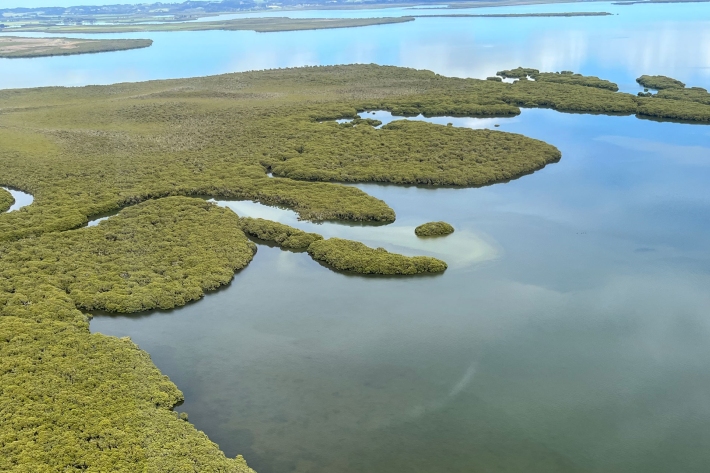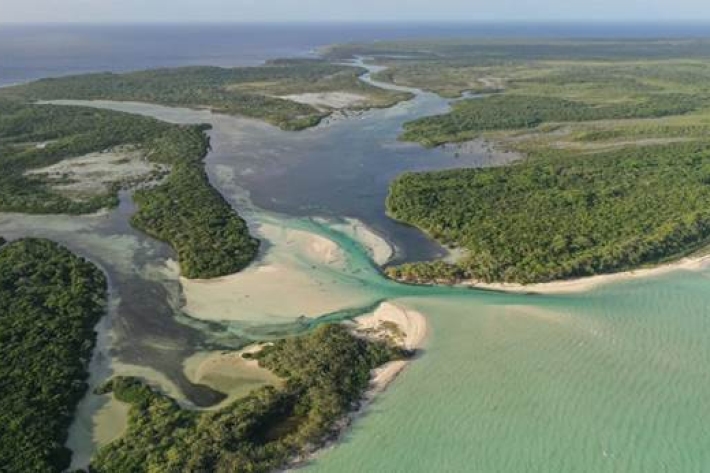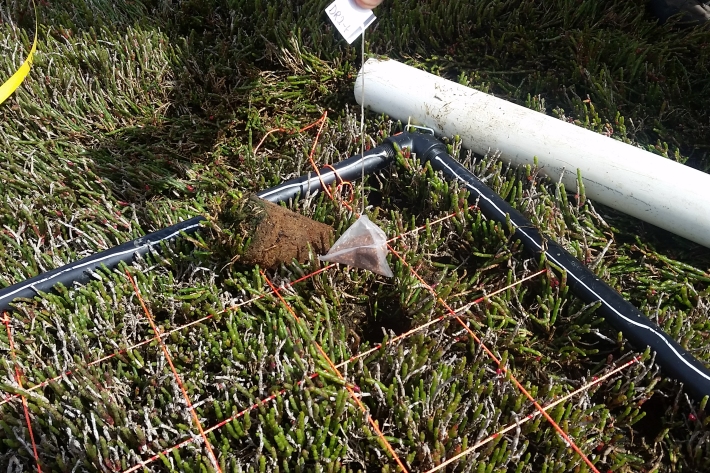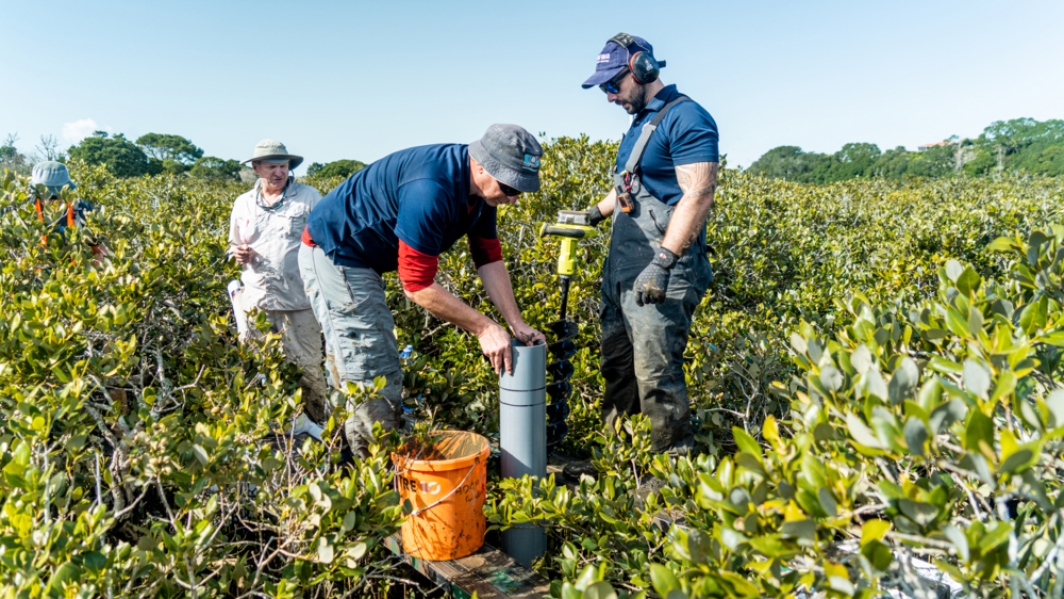-

Race Against Time: Tackling the Invasive Gold Clam
Publication article28 February 2025NIWA and partners launch critical research to stop an invasive clam threatening New Zealand's freshwater ecosystem. -

Staff Profile Clare Wilkinson
Publication article24 February 2025Introducing NIWA sediment transport scientist Clare Wilkinson. -

Research outputs
Research projects carried out under the Future Coasts programme -

Potential adaptation options
Research ProjectSee reports produced to guide potential adaptation strategies in the Lower Waikato region. -

Causal diagrams to help understand wellbeing in Te Puuaha| The Lower Waikato River
Research ProjectThe Te Puuaha case study uses causal diagrams to show how sea level rise impacts whaanau wellbeing, helping identify areas for action. -

Storm-tide red-alert days 2025
ServiceStorm-tide red alerts mark the highest king tides, crucial for emergency and coastal hazard managers to monitor. -

Impact of waterlogging on growth of perennial ryegrass
Research ProjectQuantifying impact of sea-level rise on agricultural yield. -

Mapping Elevation Capital
Research ProjectMapping migration space for coastal habitats under sea-level-rise -

Parsimonious estuary model to simulate the impact of sea-level rise
Research ProjectThe New Zealand Water Model (NZWaM) -

Losing ground to sea-level rise
Research ProjectMangroves on the atoll of Ouvéa are struggling with the changing climate. -

“Spilling the tea” on wetlands
Media release03 December 2024Scientists find link between temperature and carbon storage rates -

Develop a suite of control tools
Research aim: Developing a suite of control tools

